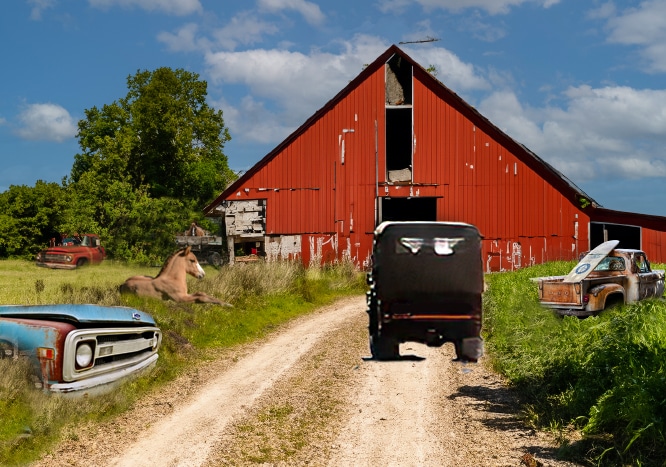Opinion | Empowering Rural Voices: Navigating Political Representation in America’s Heartland
by Adam Scull

The political landscape in rural America is unique, with a strong emphasis on [community and local control](https://www.jstor.org/stable/1041574). Rural areas often lean towards more conservative political ideologies, prioritizing issues such as gun rights, agriculture, and limited governmental intervention. This reflects a deep-rooted tradition of self-reliance and skepticism of centralized authority. Local leaders play a crucial role in shaping policies and representing the values and priorities of rural residents, amplifying their influence on political structures.
Rural areas frequently need to pay more attention to the political arena, raising concerns about adequately representing rural voices in governance. The structural advantages, like the Electoral College, and the absence of effective advocacy contribute to the obstacles encountered in rural political representation. Moreover, the declining population in rural areas poses a significant challenge as it leads to reduced proportional representation, impacting the political influence of these regions.
The geographic distribution of political affiliations has transformed political campaigns into high-stakes battles, resulting in the [underrepresentation of rural areas](https://news.stanford.edu/2019/06/03/urban-rural-divide-shapes-elections) in Congress. The [urban-rural polarization](https://www.pewresearch.org/social-trends/2018/05/22/urban-suburban-and-rural-residents-views-on-key-social-and-political-issues) significantly influences political issues and priorities, reflecting the disparities in views on social and political matters between urban and rural residents. The concentration of Democrats in cities has led to an inefficient distribution of their support across districts, affecting the political representation of rural areas.
Grassroots movements and digital platforms have emerged as powerful tools in empowering rural communities for political representation, facilitating the translation of local initiatives into national impact. The influence of local government in shaping policies and decision-making underlines the effect of local control on the political structure of rural America. Moreover, polarized rural residents feeling marginalized in political and economic spheres may participate more actively in future political activities, indicating potential shifts in rural political representation.
Continuous reevaluation of rural political representation is essential to address rural communities’ complexities and challenges. Achieving equitable representation for all citizens in the democratic process is an ongoing endeavor, necessitating sustained efforts to enhance political representation in rural areas [2, 4]. Anticipating potential future trends and developments in rural political representation based on historical data and trends is critical for addressing the evolving needs of rural communities.
![]()
